The thermostat was removed from the intake manifold to allow for better intake manifold runner design. Relocating the coolant crossover from the intake manifold to a lower position in the cylinder block also directed more coolant flow toward the exhaust side of the cylinder head where it is needed most.
The cooling system is a high flow design which utilized a Robertshaw high flow thermostat as original equipment. The cooling system also features an advanced high flow internal warm-up system they called the "Controlled Bypass System". The engineers were able to recirculate a greater amount of coolant during warm-up because they employed the Robertshaw thermostat in a unique way to restrict the recirculation passage when the motor reaches operating temperature.
Upon cold start-up the thermostat is closed, coolant flows through the large diameter bypass hole below the thermostat back into the coolant pump suction, thereby bypassing the radiator, quickly heating the coolant while maintaining a high rate of coolant flow through the block and heads. This allows for faster, more even warm up without hot spots, especially in the area around the valves. When the coolant warms sufficiently the thermostat opens and the bypass hole below the thermostat is restricted by the cup shaped bottom of the thermostat which extends downward and fills the hole.
The new coolant system improved the thermostat's ability to control water temperature with less cycling, and increased flow to the radiator while virtually eliminating recirculation during normal operation. Heater performance was also improved.
You can't improve upon this system, so from my point of view, as long as the correct parts are available why modify it?
John has already mentioned the parts you need:
(1) A water pump with the recirc passage unplugged
(2) The specific 333 series Robertshaw thermostat
(3) The proper recirc plate that installs in the block below the thermostat.
Here's some pictures
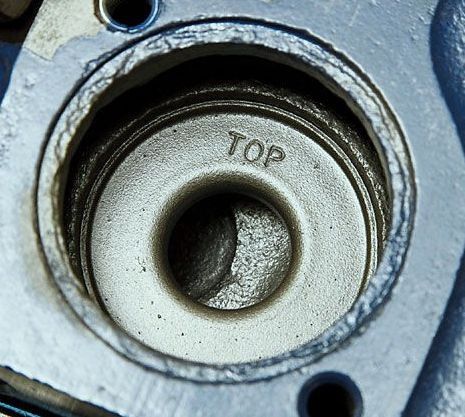
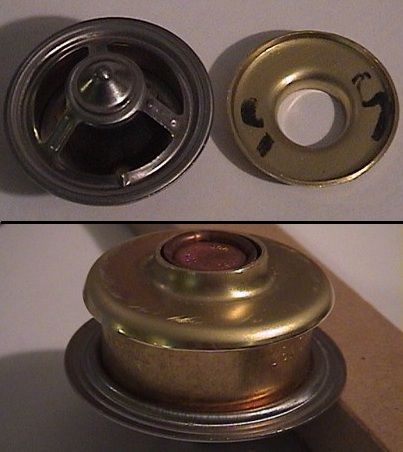
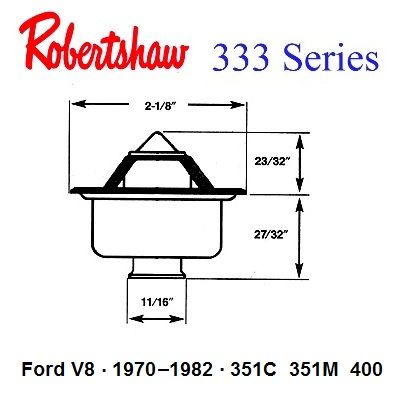
One more view of the thermostat
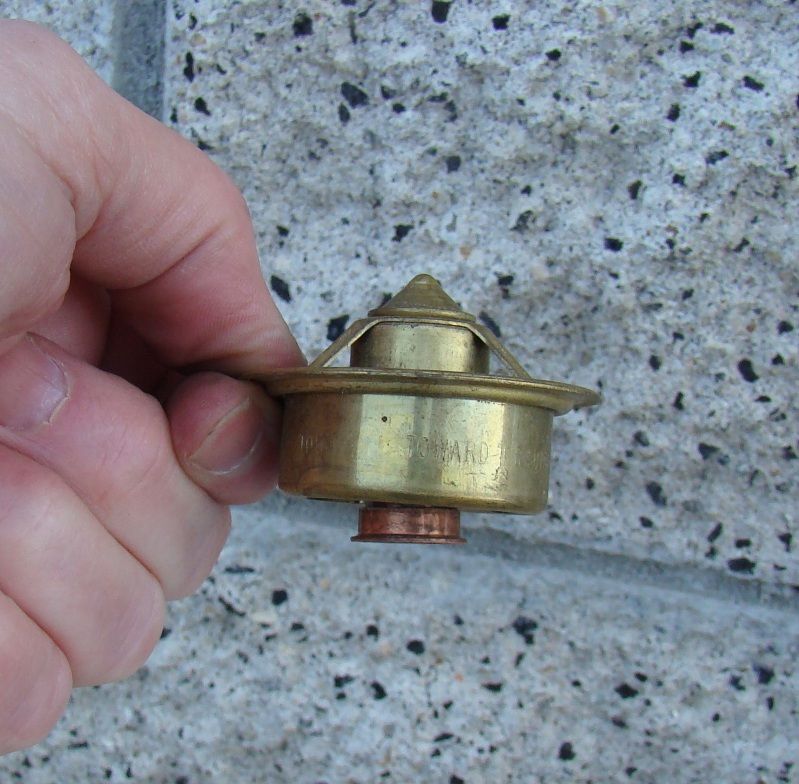
Of course, Aussies & New Zealanders are used to seeing it like this
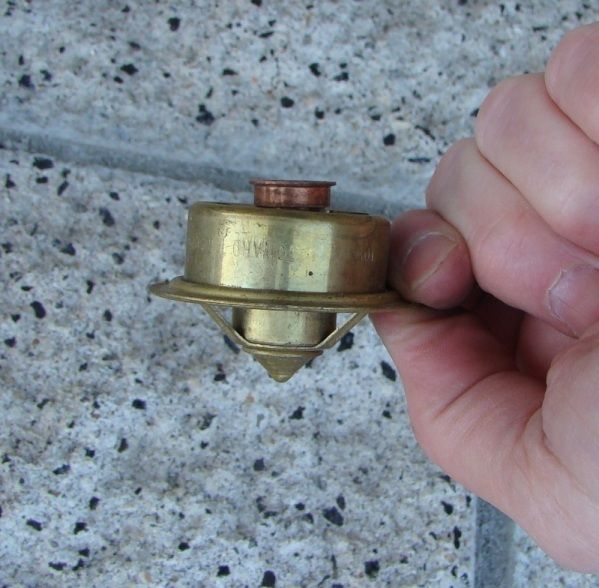
The 180 degree Robertshaw thermostat is on back order, but the last time I checked the 192 degree version was still available (from Flow Kooler). The OEM thermostat was actually a 192 degree thermostat so the lack of a 180 degree thermostat is no big deal as far as I'm concerned; but swapping a thermostat with a different temperature rating means you must make sure to use the proper temperature switch for controlling the cooling fans.
There is no reason to use individual temp switches for controlling the cooling fans. I recommend utilizing only one fan switch installed in the lower (i.e. inlet) tank to control both fan relays; this shall cycle the fans off and on simultaneously. Plug the M22 bung in the upper tank with an unused switch or an M22 plug. The ideal switch mounted in the lower tank, for use with a 192°F (89°C) thermostat is an Intermotor #50104 which has settings of 97°/92°. The ideal switch for use with a 180°F (82°C) thermostat will have settings of 90°/85°; however I am not aware of a switch with these settings having M22 threads. Alternative switches having M22 threads but slightly higher settings (92°/87°) are a Wahler #823.959.481.F or an Intermotor #50200.
The proper way to modify the system (yes there is a proper way) so you don't have to rely upon the availability of the 333 series Robertshaw thermostat is to replace the recirc plate below the thermostat with a plate having a smaller 1/4" ID hole, and use the universal series 330 Robertshaw high flow thermostat. The 330 series thermostat does not have an availability issue and using it maintains the high coolant flow design built into the system, the 1/4" hole in the plate below the thermostat allows the engine to still recirc coolant during warm-up. There are 2 draw backs however:
(1) there is always a small amount of coolant recirculating (i.e. bypassing the radiator) even when the motor is at normal operating temperature. This was normal for all of the Ford motors that preceeded the Cleveland, and normal for all other American V8s of that era as far as I can remember.
(2) there is less coolant recirculated during warm up, so temperatures during warm-up are less consistent and there's a greater chance of steam pockets and hot spots forming in the cylnder heads. But this is better than no recirculation of coolant at all.
-G

